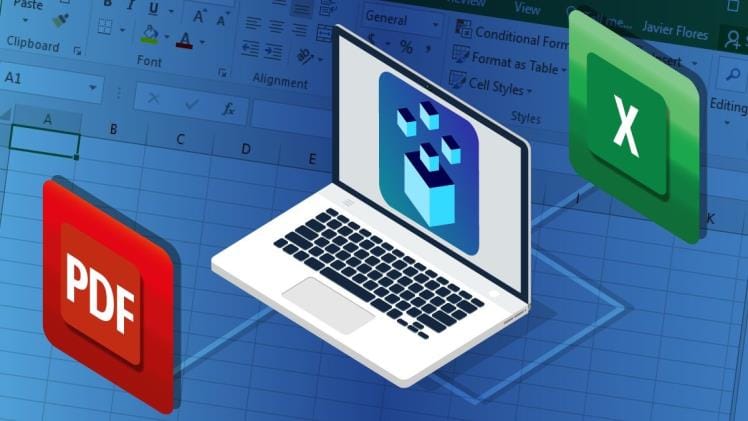Provably fair technology revolutionized cryptocurrency gaming by introducing mathematical transparency that allows players to verify every outcome independently. This breakthrough eliminated the traditional trust requirements between players and gaming operators through cryptographic proof systems. Implementing provably fair algorithms created a new gaming transparency standard that fundamentally changed how players interact with digital gaming environments. These verification systems provide mathematical certainty about outcome fairness, transforming the gaming landscape from trust-based relationships into verifiable, transparent interactions that players can audit personally.
Table of Contents
Transparency revolution impact
Traditional gaming requires players to trust operators completely, with no method available for outcome verification. The introduction of mathematical proof systems eliminated this trust requirement by providing tools for independent verification. As players of bitcoin dice games became early adopters of this technology, demonstrating how transparency could enhance player confidence without compromising gaming excitement. The shift from trust-based to verification-based gaming created new standards across the cryptocurrency gaming industry. Players gained unprecedented ability to confirm the fairness of their gaming sessions through mathematical analysis rather than relying on regulatory oversight or operator reputation. This transformation established player empowerment as a central principle in modern cryptocurrency gaming design.
Cryptographic verification foundations
The core of provably fair technology rests upon cryptographic hash functions that create verifiable links between player inputs and game outcomes. These mathematical processes generate unique fingerprints for each gaming session that cannot be altered without detection. Players receive cryptographic evidence before gameplay begins, establishing the mathematical framework to determine their results. Server seeds, client seeds, and nonce values combine through predetermined algorithms to generate outcomes that anyone with access to the calculation method can independently verify. This mathematical approach removes all possible manipulation while maintaining the random nature essential to gaming. The cryptographic foundations ensure that neither players nor operators can influence outcomes after the initial seed generation process begins.
Mathematical proof systems
- Hash-based verification that creates unique outcome fingerprints for each session
- Seed generation processes that prevent manipulation by either players or operators
- Real-time verification tools that allow immediate fairness confirmation
- Historical audit capabilities that enable retroactive outcome verification
The mathematical frameworks underlying provably fair technology provide multiple verification methods that accommodate different technical skill levels. Basic verification tools allow non-technical players to confirm fairness through simple interfaces, while advanced users can perform detailed mathematical analysis of the underlying algorithms. This multi-tiered approach ensures that all players can access verification regardless of their technical background. Player expectations evolved to demand mathematical proof of fairness as a standard feature rather than an optional enhancement transforming transparency from a competitive advantage into a basic requirement fundamentally altered industry standards. New gaming operations are launched with provably fair systems as essential components rather than afterthoughts.
Future development directions
- Enhanced verification interfaces that simplify mathematical confirmation processes
- Cross-game verification standards that enable universal fairness confirmation
- Mobile-optimized verification tools that provide transparency across all devices
- Integration with external audit systems that provide additional verification layers
Ongoing development in provably fair technology focuses on accessibility improvements that make mathematical verification more intuitive for mainstream users. These enhancements maintain the mathematical rigour that ensures fairness while reducing the technical barriers that prevent some players from utilizing verification tools. The evolution toward user-friendly transparency tools continues expanding the practical benefits of provably fair gaming systems.




